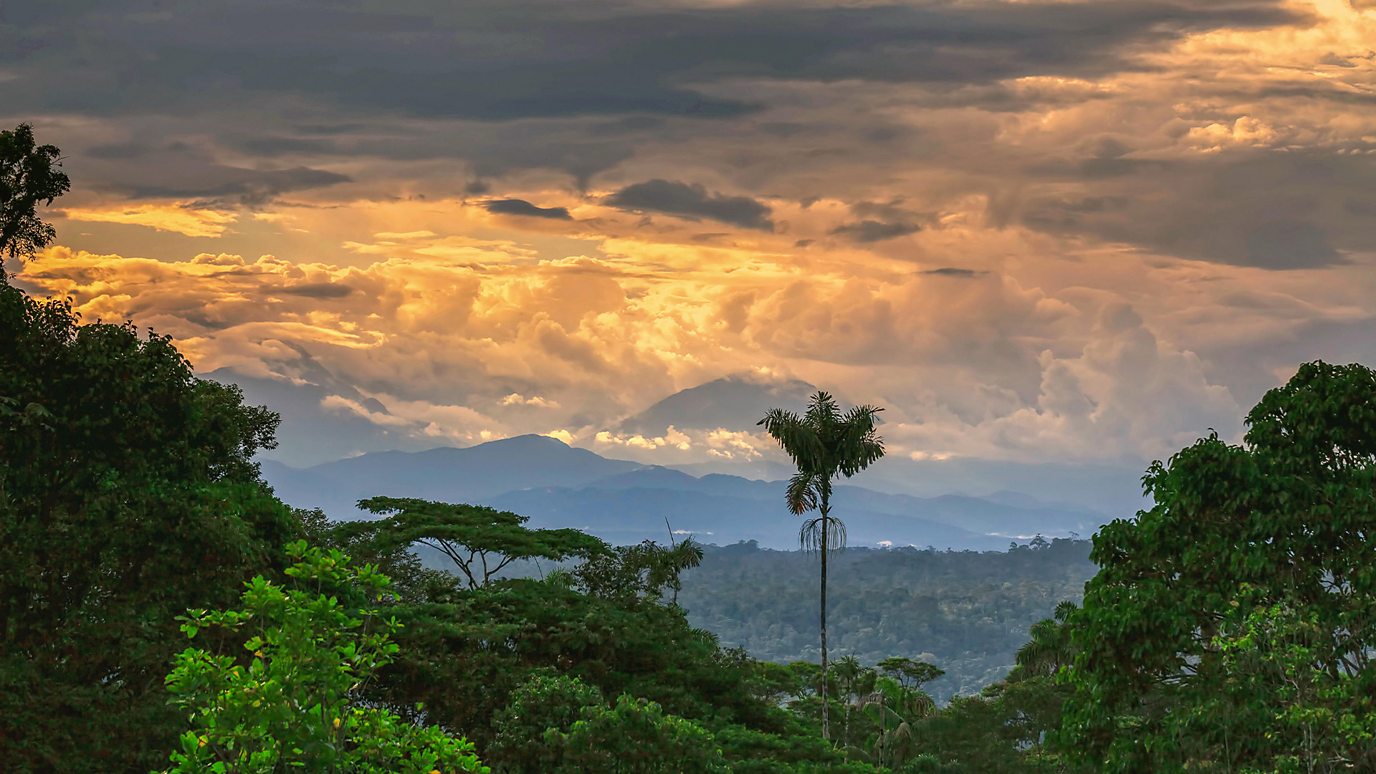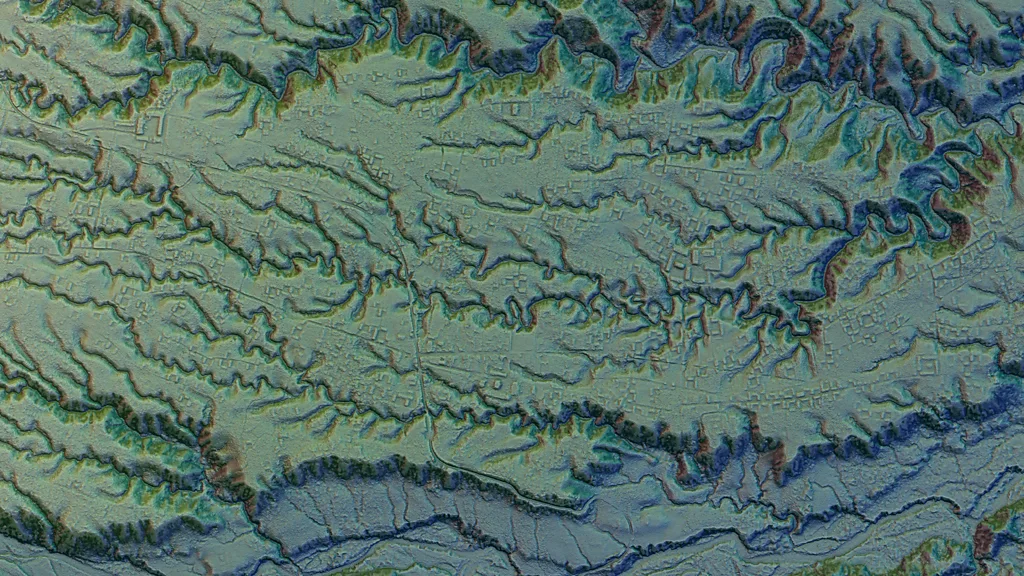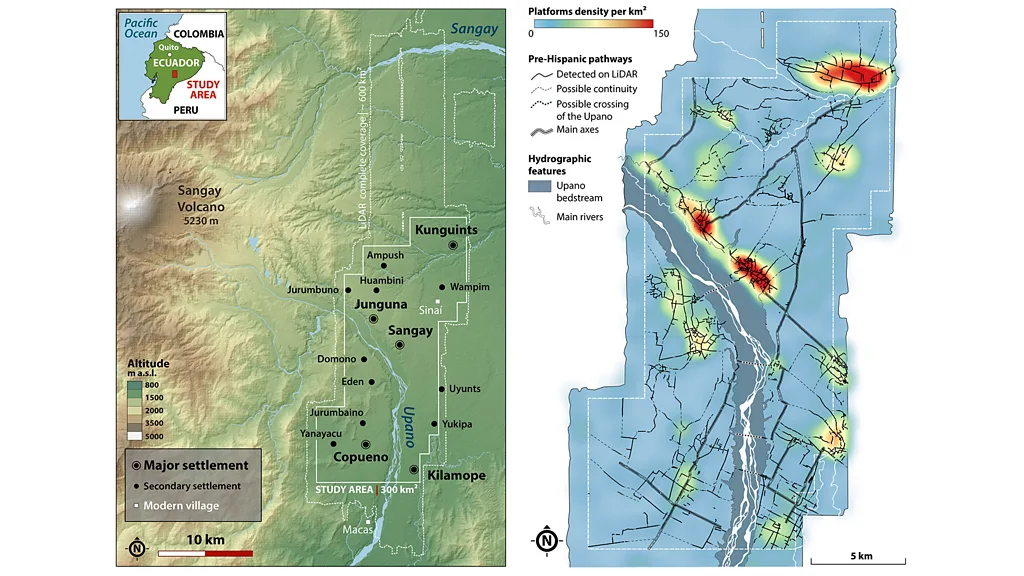The discovery of the Americas' long-lost 'Rome'
The unearthing of an immense network of cities deep in the Ecuadorean Amazon is proving that the world's biggest rainforest was once a thriving cosmopolitan hub. "Let me ask you something," said archaeologist Stéphen Rostain. "What do you know about the history of the Amazon?"
I thought about it for a moment, and just as I opened my mouth to respond, Rostain let me in on a little secret: "You know nothing, because the history that we think we know is wrong. It's a history made by so-called chroniclers that rarely saw what they described. It's a history of lies. We know a little bit from colonial times, but it's a story of exploitation of land, torture and slavery. It's not a beautiful history. But this, the discovery of a vast urban cradle lets us better understand the first actors of this history: the Indigenous people. It forces us to rethink the entire human past of the Amazon."
The previous day, Rostain and his team had published the results of a study that was nearly 30 years in the making, and that sent shockwaves around the world.
Using airborne laser-scanning technology (Lidar), Rostain and his colleagues discovered a long-lost network of cities extending across 300sq km in the Ecuadorean Amazon, complete with plazas, ceremonial sites, drainage canals and roads that were built 2,500 years ago and had remained hidden for thousands of years. They also identified more than 6,000 rectangular earthen platforms believed to be homes and communal buildings in 15 urban centres surrounded by terraced agricultural fields.
Lidar revealed the enormous 2,500-year-old cities had plazas, ceremonial sites, canals and engineered roads (Credit: Antoine Dorison and Stéphen Rostain)
"It was really a lost valley of cities," said Rostain, the director of investigation at the National Centre for Scientific Research in France. "It's incredible."
According to Rostain, the most striking aspect of this urban cluster, which is located in eastern Ecuador's Upano Valley, is its astonishing road network. The cities' streets were engineered to be perfectly straight, connecting at right angles with one another and linking the different cities like a prehistoric highway. The largest were 10m wide, with one extending 25km. "Given the hilly terrain, this road network was even more advanced than modern ones," Rostain said.
This forgotten network of cities is not only believed to be more than 1,000 years older than any other known complex Amazonian site, but its staggering size and level of sophistication suggests a highly structured society that appears to be even larger than the well-known Maya cities in Mexico and Central America.
According to Rostain and his team, beginning in roughly 500 BCE, the Kilamope and later Upano cultures begun building their homes on raised platforms that were organised around plazas. The size of this early city covers an area that's comparable to Egypt's pyramid-studded Giza Plateau. Dating suggests these societies thrived and expanded for roughly 1,000 years until the sites were mysteriously abandoned between 300 and 600 AD – a period roughly contemporaneous with Ancient Rome.
The cities are believed to have housed 30,000 people, or perhaps even more (Credit: Antoine Dorison and Stéphen Rostain)
Read More Here: BBC









